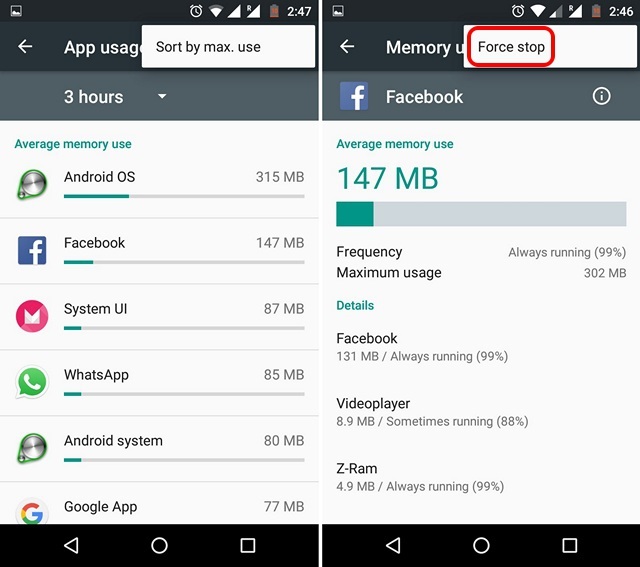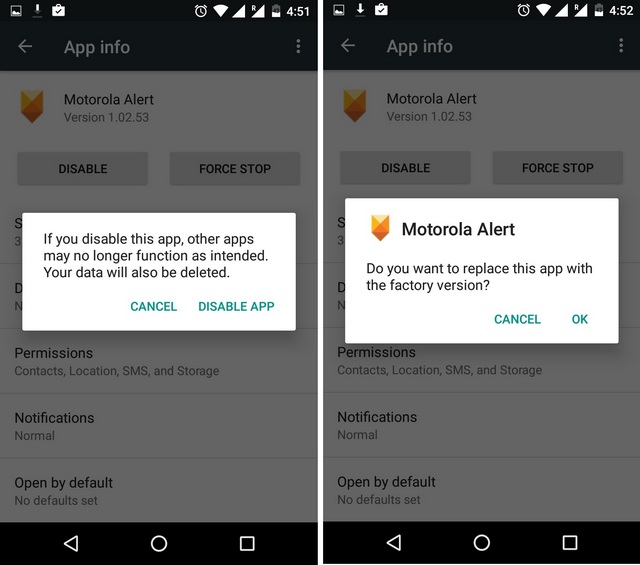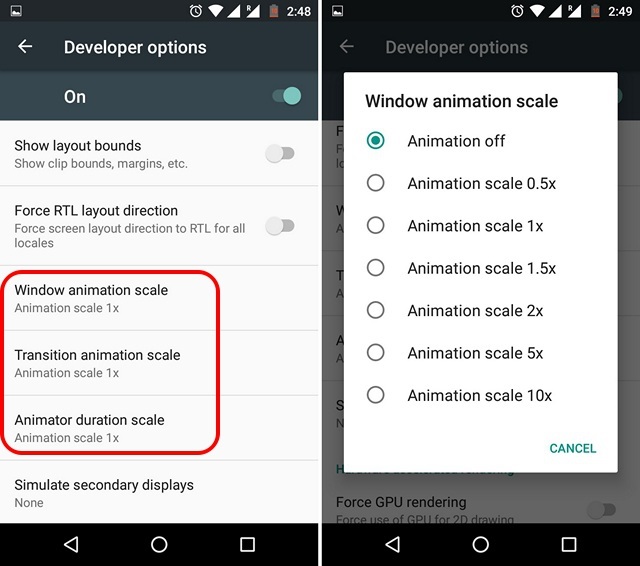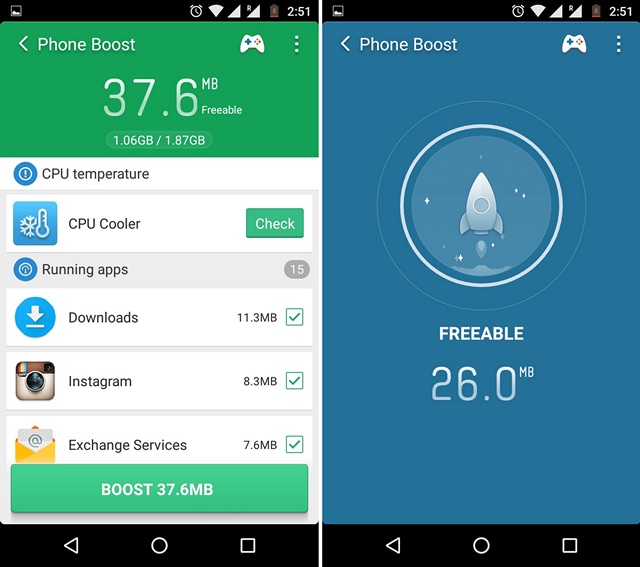If you ran into performance issues using mobile products by Movavi, you may try clearing RAM in order for them to work better.
Below are the 5 options which could help on this matter:
1. Check memory usage and force quit apps you don't need
Firstly, it’s very important to know the rogue apps that are consuming the most memory on your Android device. Thankfully, Android natively lets you check memory usage. To check memory, go to Android Settings->Memory, where you will be shown the average memory usage. You can then choose to check the average memory usage from the last few hours or even from a day.

To check the memory used by apps, tap on “Memory used by apps“, where you will see the average memory usage by the Android system as well as different apps. You can tap the three-dot button on the top right and tap “Sort by max. use“, to see the apps taking up the most amount of RAM. To see more details on an app’s RAM usage, just tap the app’s name. To force quit an app you think might be using too much RAM, hit the three-dot button and hit “Force stop“.
2. Disable Apps and Remove Bloatware
While quitting running apps does free up RAM, it does not necessarily does so for a long time, as apps tend to restart themselves in the background. So, if there are some un-installable system apps eating up your device’s RAM, you can simply disable them. Once you disable an app, they won’t be running in the background unless you enable them back. Moreover, those apps won’t even show up in the apps list.

To disable a system app, go to Settings->Apps and choose the app you want to disable. In the app info page, hit the “Disable” button and tap the “Disable App” option in the prompt.
3. Disable Animations & Transitions
The different animations and transitions on Android certainly make the OS look more modern and sleek but it also puts a strain on the device’s RAM and CPU. The good news is, you can easily disable these animations and transitions.
You will first have to unlock “Developer options” to fiddle with transition options. In case you don’t know, you can enable Developer options by going to Settings->About phone and tapping “Build number” until you get a message saying “Congrats! You are now a developer”.
Then, go to Settings->Developer options and scroll down to find options like “Window animation scale”, “Transition animation scale” and “Animator duration scale”. You can simply tap one of these options and set it to “Animation off“.

4. Don’t use Live Wallpapers or extensive widgets
There are some very cool Live Wallpaper apps available for Android and while they look gorgeous, they eat up a lot of RAM, which also results in more battery consumption. So, we certainly would not recommend a live wallpaper if you are facing performance issues. Along with live wallpapers, extensive widgets also use up a lot of RAM, so if you are really serious about cleaning up some RAM on your device, you should only use simple widgets like the music player, calendar etc.
5. Use Third Party Booster apps
There are certain apps that can be used to clean up your device’s RAM for better performance. Apps like CCleaner bring a ton of features to optimize your device’s performance but if you are only looking to clean your device’s RAM, it includes a cool “Memory Boost” feature that lets you free up RAM right from your homescreen. Moreover, it also lets you manage auto-starting apps, so you can disable apps that take up memory right from the start.

